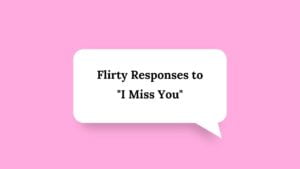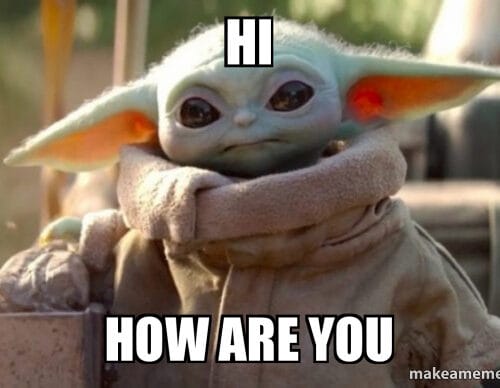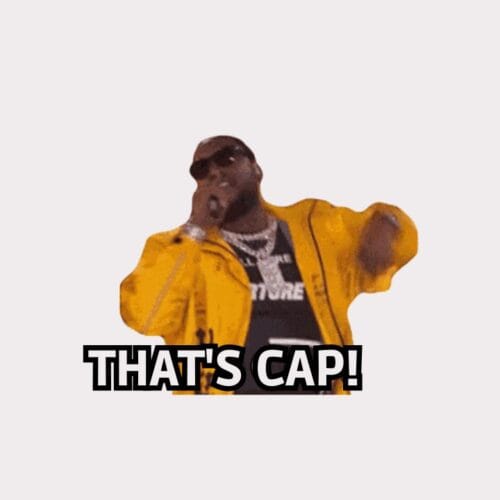Has someone ever dropped the ‘That’s Not My Job’ card on you? If so, you might have been left feeling puzzled about how to respond. This phrase, often used in professional contexts, can sometimes sound dismissive or uncooperative.
In this blog post, we’ll delve into various ways of responding to ‘That’s Not My Job’ – with a mix of humor, professionalism, and assertiveness.
What does it mean when someone says ‘That’s Not My Job’?
When someone responds with ‘That’s Not My Job’, they’re usually expressing one of the following:
Protecting Their Boundaries
They could be trying to establish or maintain their professional boundaries. They might feel their roles and responsibilities are being stretched too thin.
Lack of Skills or Expertise
They might not have the skills or knowledge necessary to execute the task at hand.
Overwhelmed With Work
They might already be overwhelmed with their work and feel they can’t take on any additional tasks.
Lack of Clarity in Job Role
They might be unsure of their job role and what’s expected of them.
Resistance or Unwillingness
They might simply be resistant to helping or are unwilling to take on the task.
25 Best Responses to ‘That’s Not My Job’
After you’ve understood why someone might use this phrase, you can frame your response accordingly. Here are 25 potential responses:
“I understand. Let’s see who might be the best fit for this task.”
This response shows respect for their boundaries while steering the conversation toward finding a solution.
“That’s fair. I was hoping you could help, but let’s find the right person together.”
This response acknowledges their feelings and suggests collaboration in finding a resolution.
“I see. Maybe you could point me in the direction of the person responsible?”
This response respects their boundaries while seeking their assistance to find the right person.
“That’s valid. Let’s check with our supervisor to clarify our roles.”
This response suggests bringing in a higher authority to solve the confusion.
“Understood. Maybe you can guide me on how to do it myself?”
This response shows your willingness to take up the task while requesting their expertise.
“I realize it might not be in your job description, but your insight would be valuable.”
This response acknowledges their position while still highlighting their potential contribution.
“I see. Can we revisit this topic if we find it fits into your role in the future?”
This response keeps the door open for future cooperation.
“Fair enough. Could you suggest a better approach to solve this?”
This response seeks their input, validating their expertise without burdening them with the task.
“Let’s consult our team/manager about this task then.”
Taking the issue to a larger audience might lead to a quicker resolution.
“Understood. Perhaps there’s been a misunderstanding about our roles. Let’s clear that up.”
This response opens up a conversation about role clarity and expectations.
“I appreciate your honesty. Let’s see how we can distribute the tasks more effectively.”
This response recognizes their stance and suggests a constructive path forward.
“I get it, but considering our team dynamics, maybe we could discuss how to share such responsibilities?”
A response that brings the conversation back to teamwork and shared goals.
“Alright, we should probably talk about our responsibilities to avoid such confusion in the future.”
This encourages a discussion about role clarity to prevent future misunderstandings.
“Okay, I wasn’t aware. Thanks for letting me know. I’ll seek help elsewhere.”
This acknowledges their boundaries while showing your intention to find help.
“Sure, I understand. Do you think we should redefine our roles to better manage such tasks?”
This response uses the situation as an opportunity to improve team efficiency.
“Got it. Your expertise would have been helpful, but I respect your decision.”
A polite acknowledgement of their expertise and their decision.
Also Read
“That makes sense. Maybe we could brainstorm who could handle this?”
This response proposes a collaborative approach to find a solution.
“Alright, I see. Could you help me understand who might be able to assist?”
This response seeks their guidance without pressuring them into doing the task.
“Okay. I value your expertise, so if you know someone who could help, that would be great.”
A response that respects their boundaries but also requests their assistance.
“Fair enough. Could you let me know if anything changes?”
This keeps communication lines open for future cooperation.
“Understood. It’s always good to clarify these things to avoid confusion.”
This response emphasizes the importance of clarity in professional settings.
“I see your point. Can we discuss how we might share such tasks in the future?”
A suggestion for a future discussion to avoid similar situations.
“Thank you for being upfront. Let’s find a solution that works for everyone.”
A polite response that prioritizes finding a solution over assigning blame.
“That’s valid. Perhaps we can explore how to make such tasks part of a role.”
This response suggests revisiting job descriptions to include these tasks.
“I appreciate your candor. It’s important to respect each other’s roles.”
This response recognizes the importance of maintaining boundaries in a professional environment.
Keep in mind that the tone and content of your response should match the context and your relationship with the person. Stay respectful and seek solutions rather than focusing on the problem.








